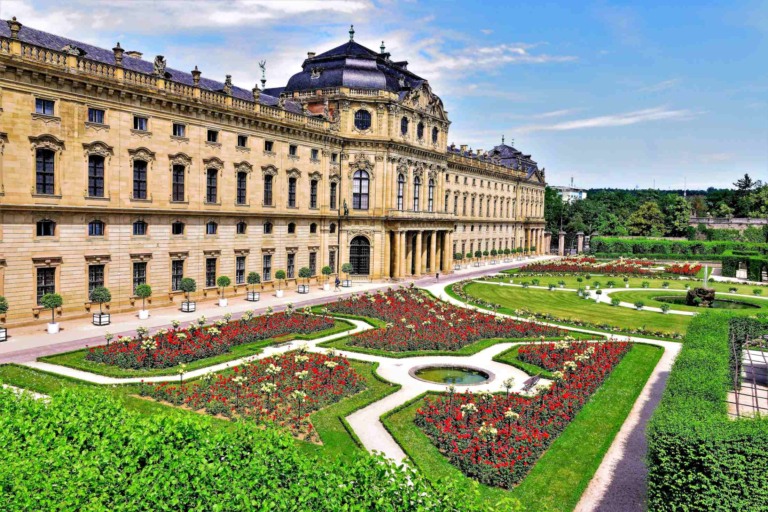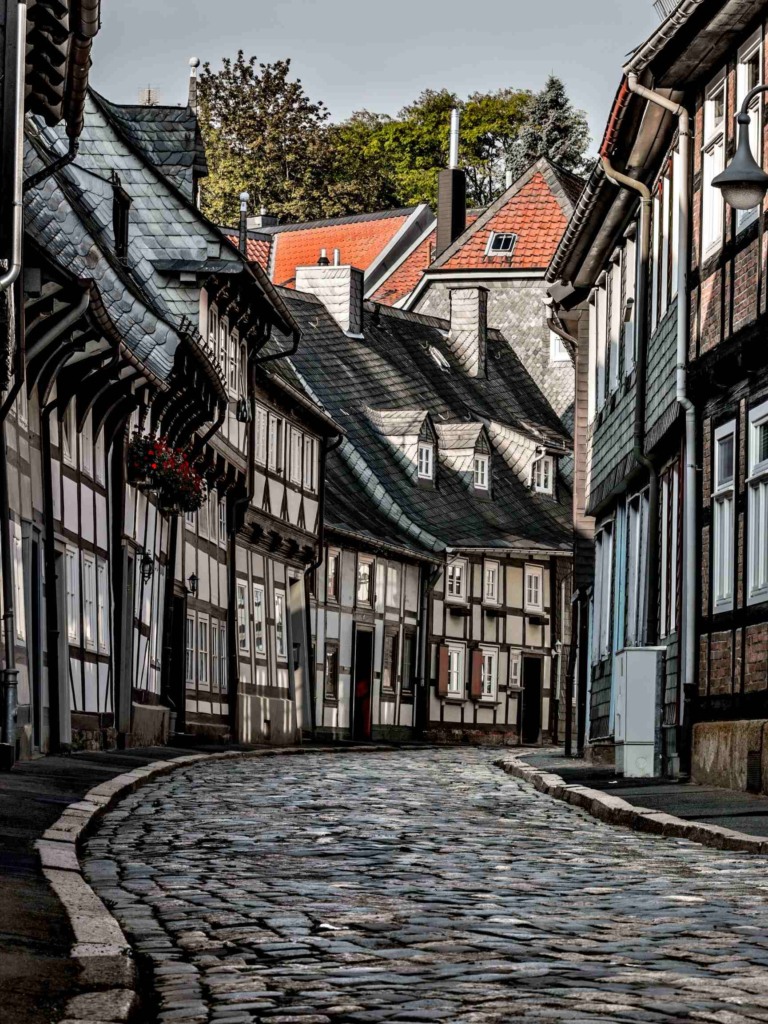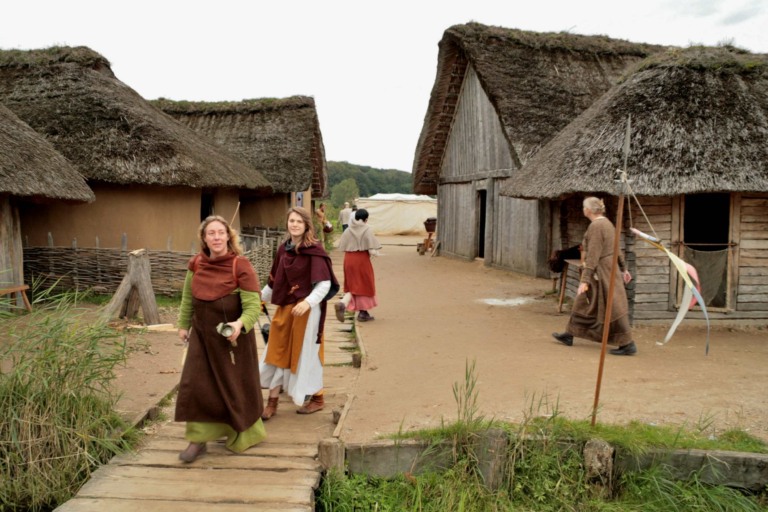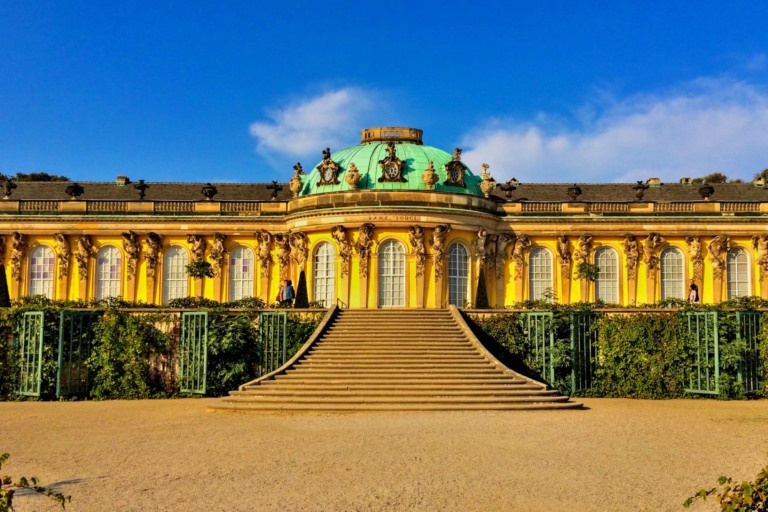Museumsinsel (Museum Island), Berlin: Preserving Cultural Heritage and Architectural Splendor. Museumsinsel, also known as Museum Island, is a UNESCO World Heritage Site located in the heart of Berlin, Germany. It is an exceptional ensemble of five internationally renowned museums that collectively house a vast collection of art and archaeological artifacts.
Museumsinsel, Berlin
Museum Island, situated on the River Spree, has been a cultural hub and a testament to Berlin’s rich history and architectural brilliance since its inception. This article provides a detailed overview of Museumsinsel, its history, prominent museums, and its significance as a cultural and architectural landmark.
Historical Background
Museumsinsel has a fascinating history that dates back to the 19th century. The concept of creating a museum complex on the island was proposed in 1830 by the Prussian King Friedrich Wilhelm III, who envisioned it as a center for art and science. The construction of the first museum, the Altes Museum (Old Museum), began in 1823 and marked the beginning of a remarkable architectural and cultural journey. The Museums:
Altes Museum
The Altes Museum, designed by Karl Friedrich Schinkel, was completed in 1830 and serves as the starting point of the Museumsinsel ensemble. The museum exhibits a vast collection of classical antiquities, including sculptures, vases, and coins, providing visitors with insights into the ancient civilizations of Greece and Rome.
Neues Museum
The Neues Museum, designed by Friedrich August Stüler and opened in 1855, showcases a wide range of Egyptian and prehistoric artifacts. Notable highlights include the iconic bust of Nefertiti, the Papyrus Collection, and the Egyptian and Prehistory Department.
Alte Nationalgalerie
Designed by Friedrich August Stüler and completed in 1876, the Alte Nationalgalerie (Old National Gallery) houses a remarkable collection of 19th-century art. Visitors can admire masterpieces by renowned artists such as Caspar David Friedrich, Karl Friedrich Schinkel, and Auguste Renoir.
Bode Museum
The Bode Museum, named after its first curator, Wilhelm von Bode, was constructed between 1897 and 1904. This museum combines the Sculpture Collection and the Museum of Byzantine Art, offering visitors a diverse range of exhibits that span from medieval sculptures to Byzantine art.
Pergamon Museum
The Pergamon Museum, completed in 1930, is the most famous and visited museum on Museumsinsel. It houses three prominent collections: the Antikensammlung (Collection of Classical Antiquities), the Vorderasiatisches Museum (Museum of the Ancient Near East), and the Museum für Islamische Kunst (Museum of Islamic Art). The museum’s centerpiece is the Pergamon Altar, a colossal Hellenistic structure that dates back to the 2nd century BCE.
1. Architectural Marvels: The architectural significance of the Museumsinsel cannot be overstated. Each museum reflects a distinct architectural style, ranging from neoclassical and Renaissance Revival to Art Nouveau and modernist influences. The island’s ensemble of buildings, with their grand facades, colonnades, and impressive interiors, create a harmonious and visually stunning landscape.
2. UNESCO World Heritage Site: In 1999, Museumsinsel was recognized as a UNESCO World Heritage site, acknowledging its exceptional universal value as a cultural and architectural ensemble. This recognition further solidified its status as a significant landmark, attracting millions of visitors from around the world.
3. Conclusion: Museumsinsel (Museum Island) in Berlin stands as a testament to the city’s rich cultural heritage, architectural brilliance, and commitment to preserving and showcasing the world’s artistic and historical treasures. With its five extraordinary museums, each housing a distinct collection, the island provides a captivating journey through time and art.
Museum Island Berlin Tourism
Tourism aspects on Museum Island, Berlin: Museumsinsel remains an iconic destination for both art enthusiasts and history lovers, offering a unique and immersive experience that continues to inspire and captivate visitors. Museum Island in Berlin is not only a significant cultural site but also a popular tourist destination. Here are some key tourism aspects of Museum Island:
Heritage and Architecture
Museum Island’s rich historical and architectural significance attracts tourists from around the world. The island showcases a blend of architectural styles, ranging from neoclassical to neobaroque and neorenaissance. The impressive facades and grand interiors of the museum buildings themselves are a sight to behold.
World-Class Museums
Museum Island boasts five world-class museums, each offering unique collections and exhibitions. Visitors have the opportunity to explore a vast range of art, archaeological artifacts, and historical objects spanning various periods and civilizations. The museums’ comprehensive displays cater to different interests, ensuring there is something for everyone.
Cultural and Educational Experience
Museum Island provides a rich cultural and educational experience for tourists. Visitors can immerse themselves in the history, art, and culture of Berlin and the world through the diverse exhibits and guided tours offered by the museums. The museums often organize special exhibitions, lectures, and workshops, providing valuable insights into the collections and facilitating a deeper understanding of the subjects.
Iconic Artworks and Artifacts
Museum Island is home to iconic artworks and artifacts that hold immense historical and artistic value. From the bust of Nefertiti in the Neues Museum to the Pergamon Altar in the Pergamonmuseum (currently under renovation), these renowned pieces draw art enthusiasts and history lovers alike. Seeing these masterpieces in person is a highlight for many visitors.
Location and Surroundings
Situated in the heart of Berlin, Museum Island benefits from its central location, making it easily accessible for tourists. The island is surrounded by other notable landmarks, such as the Berlin Cathedral, the Lustgarten park, and the historic Unter den Linden boulevard. The area offers picturesque views and a vibrant atmosphere, enhancing the overall tourism experience.
Visitor Amenities
Museum Island provides a range of amenities to cater to tourists’ needs. These include visitor information centers, audio guides, multilingual staff, and accessible facilities. Additionally, there are cafes, restaurants, and gift shops within the museum buildings, allowing visitors to relax, refuel, and purchase souvenirs.
Cultural Events and Festivals
Museum Island often hosts cultural events and festivals throughout the year. These include special exhibitions, art installations, music performances, and film screenings. Such events add an extra layer of excitement and entertainment for tourists, making their visit to the island even more memorable.
Museum Island’s unique combination of cultural heritage, architectural splendor, and world-class museums makes it a top attraction for tourists visiting Berlin. It offers a captivating journey through art, history, and human creativity, ensuring an enriching experience for all who visit.








